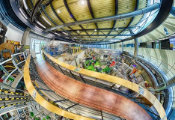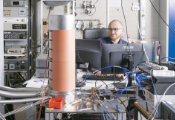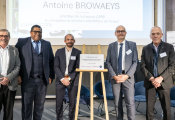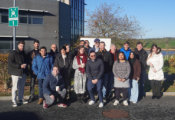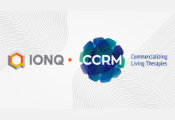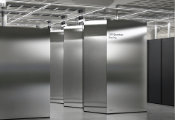Quantum Computing Pioneers Join the Newly Constituted Consultative Board of Alice & Bob
PARIS, February 21, 2024 -- Alice & Bob, a leading hardware developer in the race to fault tolerant quantum computers, today announced the composition of its newly constituted Consultative Board, a counsel of four pioneers of quantum computing. Alice & Bob’s Consultative Board members include Daniel Gottesman, David DiVincenzo, John Martinis, and Yasunobu Nakamura.
"Alice & Bob has developed a very novel approach to quantum error correction which holds the prospect for a breakthrough in high precision,” David DiVincenzo said. “I am hopeful that my advice will contribute to them achieving a uniquely capable quantum computer.”
Below are brief backgrounds on the company’s distinguished advisory board members:
Pr. Daniel Gottesman, known for the Gottesman-Knill Theorem, was the first to prove that quantum error correction codes could be used to achieve a fault tolerant quantum computer, using specific techniques and architectures to correct for quantum systems that are noisy and prone to errors.
Pr. David DiVincenzo first formalized the “DiVincenzo Criteria,” the five minimal requirements that still today define what can be called a quantum computer, as an IBM researcher in 1996.
Pr. John Martinis was the lead author of Google’s quantum supremacy paper published in 2019, possibly the most famous quantum experiment to date.
Pr. Yasunobu Nakamura is one of the fathers of the superconducting qubit. He was the first to control a cooper pair box, the first superconducting qubit.
“The combined depth of experience from the giants whose work we stand upon today serves to challenge and refine our long-term roadmap,” said Raphael Lescanne, CTO and Co-founder of Alice & Bob. “The relative distance of the Consultative Board members from the cat qubit paradigm allows us to take a step back and analyze our roadmap with a different perspective.”
Alice & Bob is also advised by a closer Scientific Board, made up of five leading Cat Qubit experts, who meet with the company’s technical leadership twice a month to solve day-to-day research challenges. The complementary Consultative Board, however, focuses on higher-level discussions that enable the prioritization of the next scientific milestone to be tackled.

